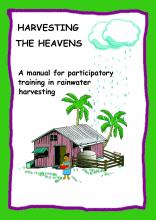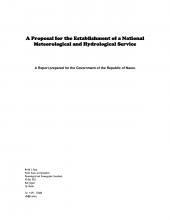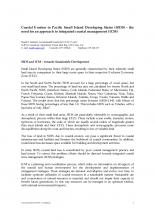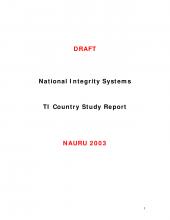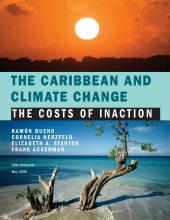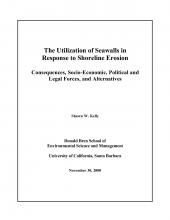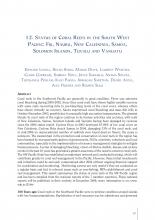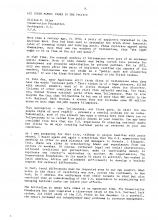Coastal erosion in Pacific Small Island Developing States (SIDS) : the need for an approach to integrated coastal management (ICM)

Island and Ocean Ecosystems
Available Online
Small Island Developing States (SIDS) are generally characterised by their relatively small land area in comparison to their large ocean space in their respective Exclusive Economic Zone (EEZ). In the South and North Pacific, SIDS account for a large percentage of ocean space, but very small land areas. The percentage of land/sea area was calculated for twenty North and South Pacific SIDS (American Samoa, Cook Islands, Federated States of Micronesia, Fiji, French Polynesia, Guam, Kiribati, Marshall Islands, Nauru, New Caledonia, Niue, Palau, Papua New Guinea, Samoa, Solomon Islands, Tokelau, Tonga, Tuvalu, Vanuatu, Wallis and Futuna). The results show that this percentage varies between 0.0028-2.445, with fifteen of these SIDS having percentages of less than 1.0. This includes SIDS such as Tokelau, with a land area of only 10km2.
